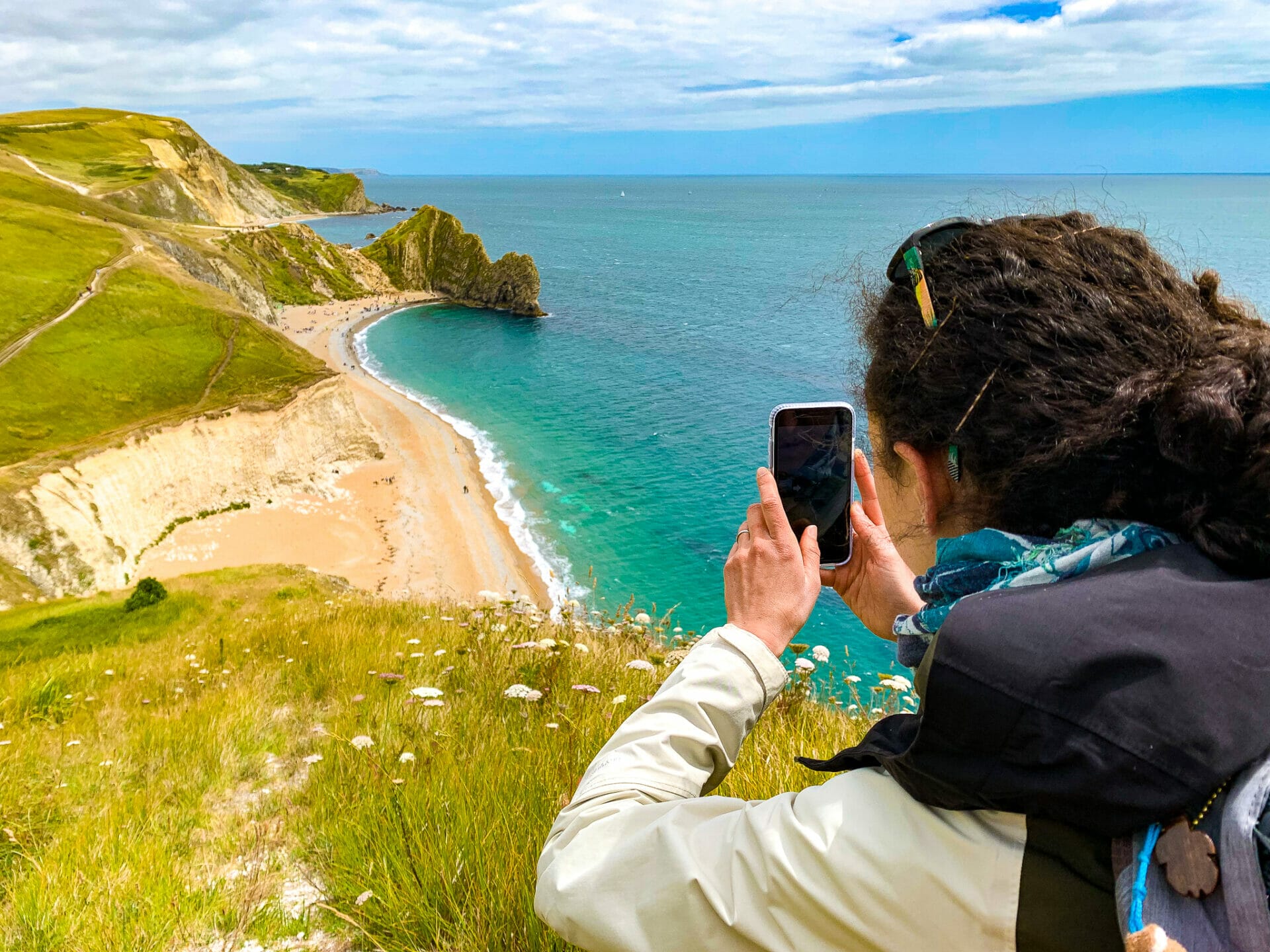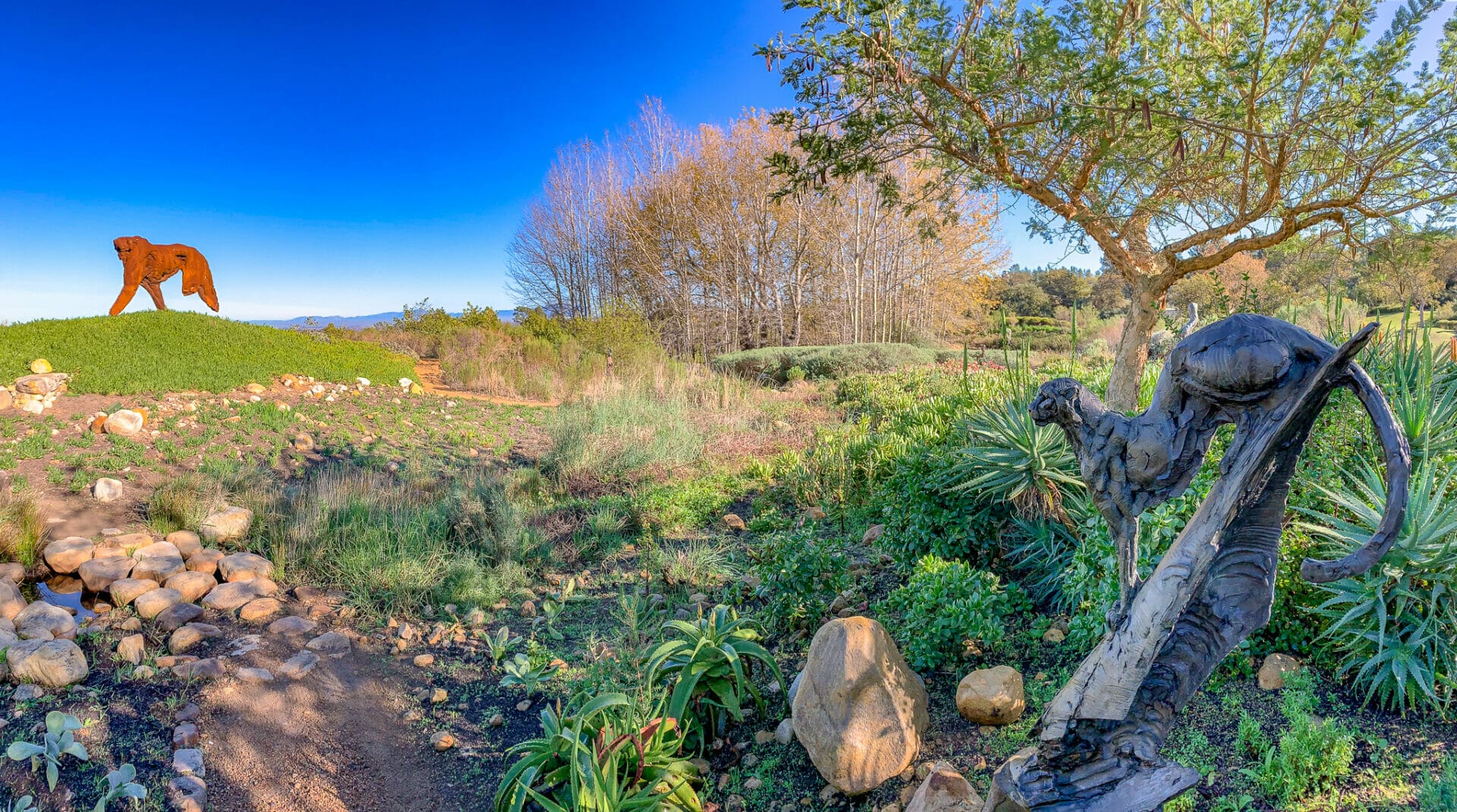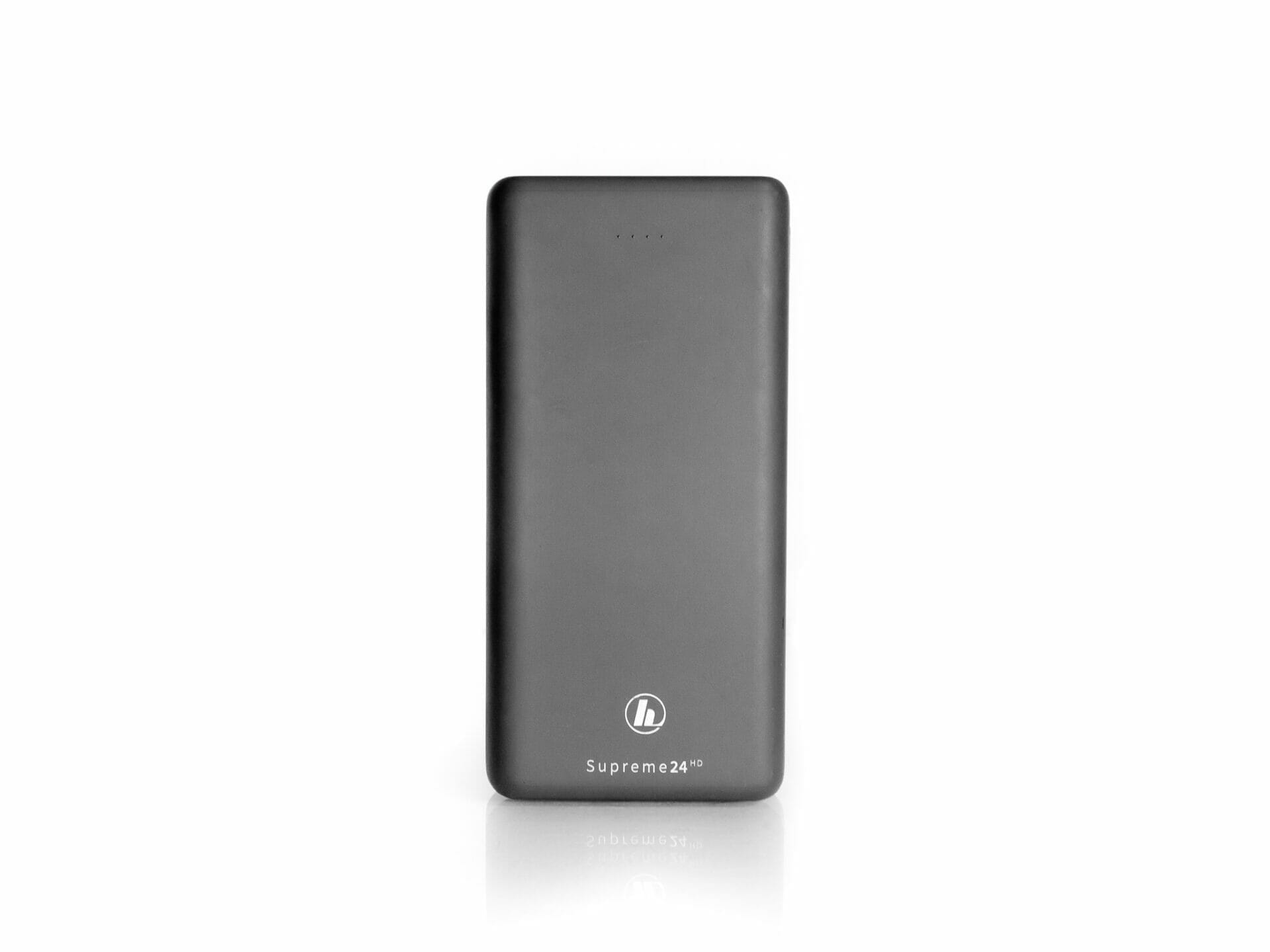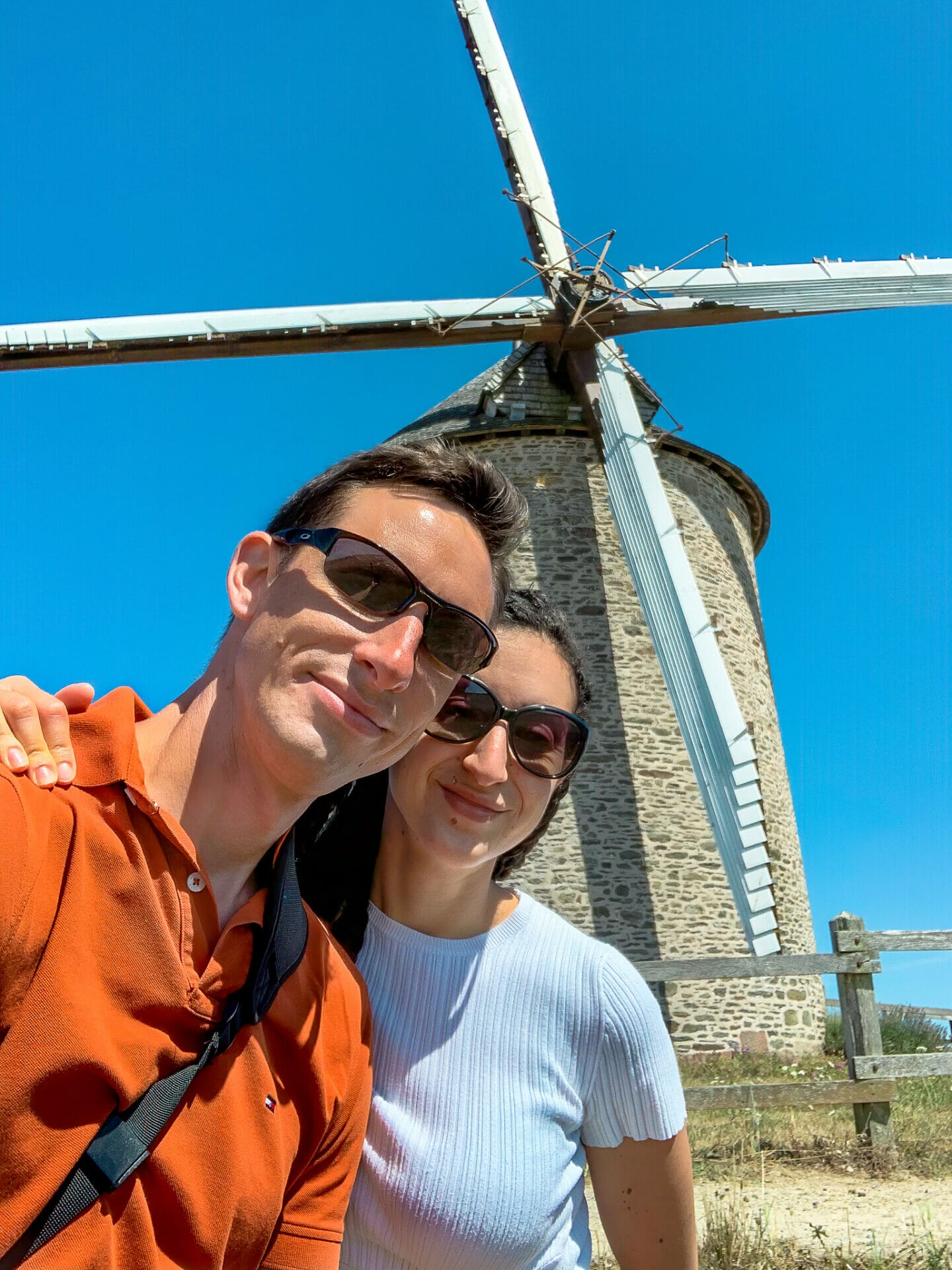Packing the right camera gear to match your itinerary and travel allowances can be challenging. Here’s a sneak peek inside the BOLD TRAVELLERS kit bag for a rundown of our 7 camera gear essentials for travel photography.
1. Mobile Phone

iPhone XR photo taken along the Jurassic coast in Dorset
Your mobile phone is the most important tool you’ll need on any trip. Communications, navigation, information, reservations, boarding passes, calendar, alarm clock, etc. All of those features packed in to one small device easily make it the ultimate travel accessory.
The added fact that today’s mobile phones are incredibly powerful and sophisticated cameras, puts them at number one on our list of camera gear essentials for travel photography. This does of course depend somewhat on which brand and model of camera phone you have. We’ve been using the iPhone XR for almost 4 years now, and it has consistently delivered quality and speed beyond what we need for travel blogging.
Even if you can’t bring any other camera gear, you can still rely on your camera phone to capture great images. In fact, we regularly do just that, and here are a few reasons why:
Ease of use
Mobile phone cameras are super intuitive to use. What you see on the screen matches exactly what the camera is going to capture. This helps you with framing, focusing, adjusting exposure. Another huge advantage is just how easy it is to immediately review your shots on your phone’s large, high resolution screen and reshoot as required. While other camera gear might need some time to set up and adjust to suit the situation, your phone is usually close at hand, ready for action at the drop of a hat.
Versatility
Consider for a moment what sort of shots your camera phone can handle. Most mobile phone cameras can take close-up shots, medium shots and wide angle shots. This makes them ideal for shooting landscapes, urban environments, portraits and macro compositions. The degree of flexibility and creativity this allows for is simply remarkable when you consider just how compact the device is.

Pano image taken with an iPhone XR
Pano mode
This is a pretty standard feature on most mobile phones. It deserves its own mention because it’s such a powerful tool for getting creative with. Don’t confuse pano mode with the super-wide (0.5x) mode, which tends to pinch the image towards the vanishing point.
Pano mode creates a larger, more elongated file. It increases the long side of the image with respect to the length of the pan. This gives you more flexibility to crop the image afterwards. If you use it well, pano mode lets you capture a truly unique perspective, without the fuss of having to stitch photos together afterwards.
Cloud storage backup
Most of us have cloud storage enabled on our phones. Whether you use iCloud, Google Drive or another provider, your photos are in a safe place regardless of what happens to your phone. As an added bonus, the Google Photos app, which is part of the Google cloud platform, is my absolute favourite tool for organizing and sharing our mobile phone images.
If you’re using an iPhone, then it’s worth knowing that Apple’s default image file format, HEIF, is capable of storing 16 bits (although the iPhone sensor apparently only captures 10 bits). This makes a big difference if you plan on editing your images later on. The 8 bit JPG format, used by most other cameras, won’t give you as much flexibility when it comes time to tweak your photos.
Pro Tip: If you own a newer mobile phone (any brand or platform), check whether your device supports RAW image capture. If so, you’ll probably need to enable that feature in the device’s settings. The RAW format records the maximum possible image information and detail. Do this only if you intend to process your images in a photo editing suite such as Adobe Lightroom. Due to the relatively large file size per image, shooting RAW tends to use up your phone’s local storage and/or your cloud storage much faster.
2. DSLR / Mirrorless Camera

As powerful as camera phones are, they do have their shortcomings. For someone who has never handled a DSLR / Mirrorless camera before, these might not be so apparent.
You could easily be discouraged by the price, the initial learning curve and cumbersome bulk of the new gear. However, there are some powerful reasons why you might really wish you had one. Let’s take a look at them:

Photographing a leopard in the Sabie Sands private game reserve in South Africa
Optical zoom
There might be times when you can’t get physically close enough to a subject to make your shot interesting.
In those situations, you need to rely on your camera’s zoom to take you the rest of the way.
Currently, top of the line camera phones are capable of 10x optical hybrid zoom (not fully optical), which is about the same as a conventional 160 mm lens.
If you’re planning to do a wildlife safari trip, that’s not nearly enough zoom power to make you a happy camper. Depending on the subject and situation, you’re probably going to want anything from between 200 mm to 600 mm of telephoto zoom range.
Let’s consider the scenario of the leopard featured in the image above. The before / after image slider below shows you what the iPhone XR managed to capture at 50% zoom compared to what the canon R5 captured at just 170 mm of zoom.


Comparison of iPhone XR zoom to Canon R5 with 200mm zoom lens
Pro Tip: Consider buying a zoom extender for your zoom lens. An extender is an attachment that can as much as double your zoom lens’s range. With a 2x extender, the above-mentioned canon lens converts to a 140 mm – 400 mm f5.6 lens. Telephoto zoom lenses aren’t cheap, for example, a canon EF 70 mm – 200 mm f2.8 lens will cost you around US$2000. That’s a lot of extra value you’re getting from your initial investment!
Assisted focusing & subject tracking
Unsharp images are a real killjoy. Sometimes the difference between getting a great shot, or a blurry mess, is a matter of a split second. The focus assisting tech built into DSLR / Mirrorless cameras can save you that time and pain.
Advanced face and eye recognition, (also works with most animals), takes the element of chance out of quickly achieving the correct focus. Subject tracking holds that focus even if your subject is on the move. Higher accuracy means you’ll miss fewer shots and be more productive.
Even photographing birds in full flight isn’t a challenge for the intelligent focusing and tracking of the Canon R5.
A bird of prey in full flight, clutching a snake. Focus was achieved using the Canon R5 camera’s eye tracking technology.
Quality & Resolution
If you’re creating images for social media or for a website, you can afford to work with a relatively reduced image quality and resolution. Mobile phone photos are perfect for just this purpose, which is why we totally embrace them in our blogging workflow.
On the other hand, when you’re producing larger scale poster prints, like the ones we sell in our Wild Image Gallery, every pixel counts. We’ve recently changed our Canon 5D MK II DSLR camera body for a Canon R5 Mirrorless body. The primary reason for the change was the massive increase in image resolution to help us produce better prints. The degree of detail that the Canon R5 can capture is totally INSANE! We love this camera. Thank you, Canon, for making it backwards compatible with our older EF lenses.


DSLR/ Mirrorless cameras rank second on our list of camera gear essentials for travel photography. The reason for this is that they are considerably more expensive and bulky than other compact cameras. If you don’t want to stretch your pocket that far, then opt for a more inexpensive and compact option.
Pro Tip: Upgrade your camera’s shoulder strap to something more comfortable. After hanging around your neck for several hours, any standard strap will feel like it’s digging into your shoulder. A wider and better padded strap will go a long way to prevent that from happening.
You’ll also want to invest in a couple of extra camera batteries and memory cards. Running out of either is a game stopper, so make sure that you don’t!
3. Lenses

One of the great benefits of DSLR / Mirrorless cameras is that they are so adaptable. At the same time, it’s also one of the downsides. Carrying around a bunch of heavy glass can really weigh you down. Here is the line-up of lenses that are a staple in our list of camera gear essentials for travel photography:
- Canon EF 50 mm f1.4 USM – This is a very bright lens with a rather limited field of view, but excellent for shooting in low light conditions. It’s so small and lightweight, you may as well bring it along than not. You can use it indoors or for squeezing a few more shots out of the blue hour. The wide aperture is useful for creating blurry backgrounds too.
- Canon RF 16 mm f2.8 STM – This is an ultra wide-angle lens with a very short minimum focusing distance. It’s perfect for getting very close to a subject while still including a lot of background. Being a prime lens, it has great depth of field, so it can also be used for landscapes. The RF 16 mm lens is very small and light, so it comes with us everywhere.
- Canon 70 mm – 200 mm f2.8 L IS II USM – This lens is an absolute workhorse! If I have to pick only one lens to bring with us on a trip, then this would be it. As mentioned earlier, high quality optical zoom is one of the major advantages of DSLR / Mirrorless cameras over mobile phone cameras. This lens is incredibly sharp and bright across the entire zoom range. When paired with a 2x extender, it also doubles as our wildlife photography lens. Overall, there are just too many reasons why this lens is our particular favorite for us to cover them all here.
4. Power Bank

When you’re on the go and there’s no time even for lunch, the last thing you need is for your mobile phone to give up before you do. Taking photos with your phone’s camera consumes a lot of battery power, and you may also have other apps running in the background that are doing the same.
Avoid the annoying hassle of having to suddenly find a power outlet, by bringing plenty of extra battery power with you. We use a HAMA Supreme 24HD powerbank which is rated at 24 000 mAh and is equipped with 2 x USB-A and 1 x USB-C charging ports. That’s enough power to keep us on the road for 2 full days, even if we can’t charge our phones overnight.
A word of caution!
Before buying your own power bank, you want to be mindful of airline restrictions regarding the maximum capacity of these devices. According to TSA guidelines, power banks should not exceed 27 000 mAh and must be packed in your carry-on luggage. You also want to carefully check the manufacture’s website, for an indication that their product has been approved for commercial air travel.
Pro Tip: Get yourself a 2-metre-long phone charging cable. This lets you charge your mobile phone from your powerbank while still using the phone’s camera. You can keep the powerbank stored safely in your backpack, the long cable still allows for plenty of reach with your camera phone, no matter how you need to hold it.
5. Backup Storage

When you’re shooting camera RAW images, your need for photo storage goes through the roof. While cloud based backup solutions work really well for mobile phones, the same can’t be said for DSLRs and mirrorless cameras. The sheer size of the RAW photo files would use up your storage allowance way too fast and, assuming you even have an unlimited broadband internet connection, the upload to the cloud would take way too long.
If you’re carrying a laptop with you, then the solution is fairly simple. Any decent sized portable USB hard drive will do the job. You might also need a USB card reader if your laptop doesn’t have one inbuilt. At the end of the shooting day, you hook up the card reader and portable hard drive to your laptop and start the tedious process of backing up your SD Cards.
There is another storage solution when it comes to travel photography in our list of camera gear essentials. One that we prefer because it also allows us to leave the laptop at home if our luggage allowance is too tight.
A portable hard drive with a built-in card reader
A few years ago, we were planning a trip to Mt. Kilimanjaro, and we knew that we would have no choice but to leave our laptops behind. We didn’t want to solely rely on our memory cards so, as a precaution, we purchased a Nexto DI ND 2901.
You simply plug in your memory card, copying the files across to the hard drive is as easy as pushing a button. To be honest, we were skeptical at first, since we had bought this item refurbished, for a bargain price of under US$ 300. However, after five years of solid service, we’re very grateful for having taken our chances. Off the shelf, the current model, Nexto DI NPS-10, with an equivalent 2 TB storage capacity, will set you back a whopping US$ 800. Still worth it, in our opinion, especially if you need to travel light and want the extra peace of mind.
Pro Tip: Provided you have enough memory cards, it’s good practice to leave the originals files on the card. That way, you always keep two backups of your photos, just in case.
6. Cleaning Kit

This point pretty much speaks for itself. You should ALWAYS have a lens cleaning kit with you! Why risk to ruin a batch of photos with a grubby fingerprint or a particularly stubborn speck of dust? A drop of lens cleaning fluid and a microfiber cloth can fix in less than a minute, what might take you a lot longer to fix in Lightroom or Photoshop. Make it a habit to check your lenses regularly and be sure to keep them spotless.
Camera cleaning kits should also have a fine bristled brush and an air nozzle for removing fine dust and lodged sand particles.
7. Camera Gear Backpack
Recently, we’ve added a DJI Air 2s drone to our equipment list, and it bothered us that we had to carry it in a separate bag. We were concerned that it was too fragile to pack it in the Flipside 500 together with the rest of our camera gear.
It turns out that our fears were completely unfounded. The DJI Air 2s (plus accessories) fits snugly into the Lowepro Flipside 500, along with the all rest of our camera gear.
That’s a 1 bag solution to accommodate all of our camera equipment, travel documents, toiletries and a set of pajamas for overnight trips.
This article was all about the 7 can´t-do-without camera gear essentials for travel photography. If you enjoyed it, check out our post about the fundamental principles of underwater photography. Follow us on Pinterest to receive our latest photography and travel tips.



0 Comments